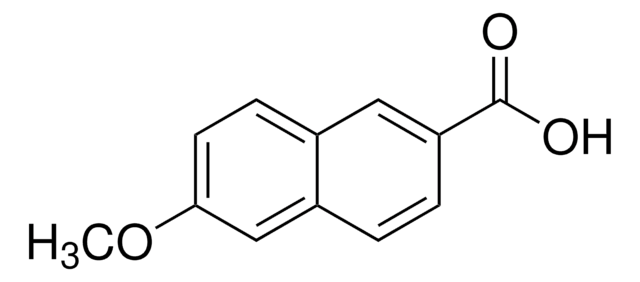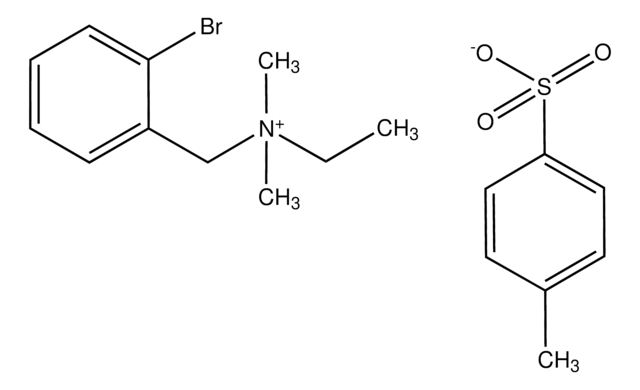1524806
USP
Phenol
United States Pharmacopeia (USP) Reference Standard
Synonym(s):
Hydroxybenzene
About This Item
Recommended Products
grade
pharmaceutical primary standard
vapor density
3.24 (vs air)
vapor pressure
0.09 psi ( 55 °C)
0.36 mmHg ( 20 °C)
API family
salicylic acid, guaiacol, hexylresorcinol
autoignition temp.
1319 °F
expl. lim.
8.6 %
manufacturer/tradename
USP
bp
182 °C (lit.)
mp
40-42 °C (lit.)
density
1.071 g/mL at 25 °C (lit.)
application(s)
pharmaceutical (small molecule)
format
neat
storage temp.
2-8°C
SMILES string
Oc1ccccc1
InChI
1S/C6H6O/c7-6-4-2-1-3-5-6/h1-5,7H
InChI key
ISWSIDIOOBJBQZ-UHFFFAOYSA-N
Looking for similar products? Visit Product Comparison Guide
General description
This product is provided as delivered and specified by the issuing Pharmacopoeia. All information provided in support of this product, including SDS and any product information leaflets, have been developed and issued under the Authority of the issuing Pharmacopoeia. For further information and support please go to the website of the issuing Pharmacopoeia.
Application
- Camphorated Phenol Topical Gel
- Camphorated Phenol Topical Solution
- Sodium Salicylate
- Salicylic Acid
- Magnesium Salicylate
- Metacresol
- Chloroquine Phosphate
Analysis Note
Other Notes
related product
Signal Word
Danger
Hazard Statements
Precautionary Statements
Hazard Classifications
Acute Tox. 3 Dermal - Acute Tox. 3 Inhalation - Acute Tox. 3 Oral - Aquatic Chronic 2 - Eye Dam. 1 - Muta. 2 - Skin Corr. 1B - STOT RE 2
Target Organs
Nervous system,Kidney,Liver,Skin
Storage Class Code
6.1A - Combustible acute toxic Cat. 1 and 2 / very toxic hazardous materials
WGK
WGK 2
Flash Point(F)
177.8 °F - closed cup
Flash Point(C)
81 °C - closed cup
Certificates of Analysis (COA)
Search for Certificates of Analysis (COA) by entering the products Lot/Batch Number. Lot and Batch Numbers can be found on a product’s label following the words ‘Lot’ or ‘Batch’.
Already Own This Product?
Find documentation for the products that you have recently purchased in the Document Library.
Customers Also Viewed
Protocols
Under applied conditions, system suitability criteria are met, and the Chloroquine Phosphate HPLC Assay and Impurity Profiling Methods demonstrate good resolution/selectivity, reproducibility, and sensitivity.
Our team of scientists has experience in all areas of research including Life Science, Material Science, Chemical Synthesis, Chromatography, Analytical and many others.
Contact Technical Service










